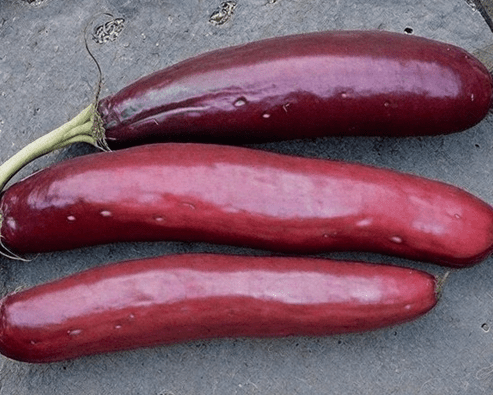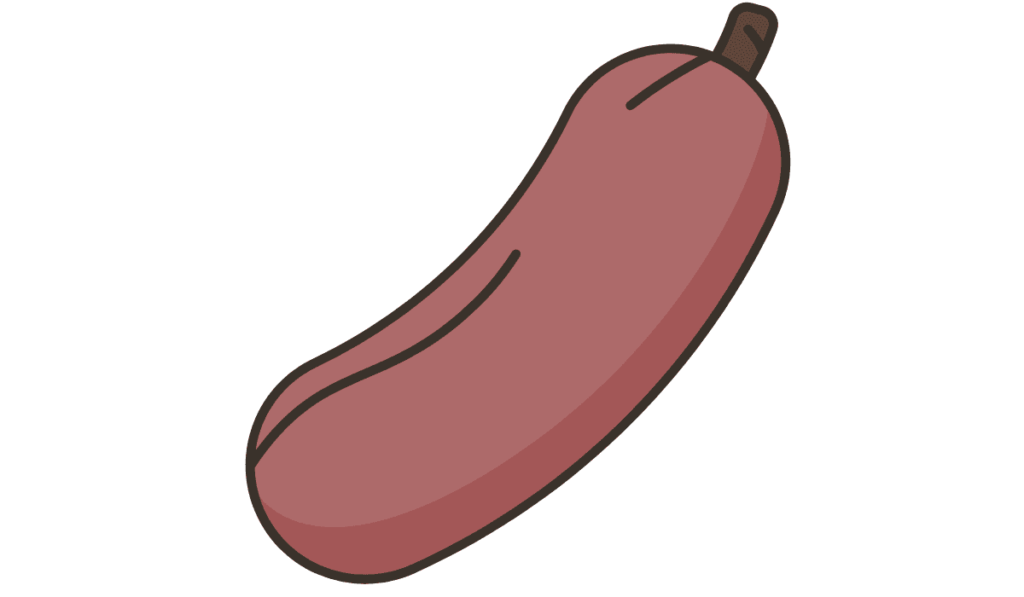Cassabanana, scientifically known as Sicana odorifera, is a tropical vine that produces a unique and aromatic fruit. To cultivate healthy cassabanana plants and enjoy a bountiful harvest, it’s crucial to understand the ideal growing conditions for this tropical vine. In this guide, we will explore where cassabanana grows best and the key factors that contribute to its successful cultivation.
Ideal Growing Regions for Cassabanana
- Tropical and Subtropical Climates: Cassabanana thrives in regions with warm to hot temperatures. It is primarily found in tropical and subtropical climates, making it well-suited for areas near the equator or in regions with mild winters.
- Sunlight: Cassabanana plants require plenty of sunlight for optimal growth. They flourish in full sun, receiving at least 6-8 hours of direct sunlight per day. In areas with partial shade, cassabanana may still grow but might produce fewer fruits.
- Soil Type: Well-draining, loamy soil is ideal for cassabanana cultivation. It should be rich in organic matter and have a slightly acidic to neutral pH level. Amending the soil with compost can enhance its fertility.
- Rainfall: Cassabanana plants appreciate consistent moisture but can tolerate short dry periods once established. Adequate rainfall or regular watering is essential, especially during the growing season.
- Frost-Free Zones: Cassabanana is sensitive to frost and cold temperatures. It should be grown in regions where frost is rare or non-existent. If frost occurs, it can damage or kill the plants.
Factors Contributing to Successful Cassabanana Growth
- Temperature: Cassabanana is most productive in temperatures ranging from 75°F to 95°F (24°C to 35°C). Avoid planting it in areas with extreme temperature fluctuations or prolonged cold spells.
- Protection from Wind: Strong winds can damage cassabanana vines and affect fruit production. Planting them in a location sheltered from strong winds or providing windbreaks can help.
- Support Structures: Cassabanana vines are vigorous climbers and need support structures like trellises, fences, or arbors to grow vertically and maximize fruit production.
- Proper Pruning: Regular pruning of cassabanana vines can help maintain their shape, improve air circulation, and reduce the risk of diseases.
- Pest and Disease Management: Be vigilant against common pests and diseases that affect cassabanana, such as aphids and powdery mildew. Implement appropriate preventive measures and treatments.
Conclusion
Cassabanana grows best in tropical and subtropical regions with warm temperatures, abundant sunlight, and well-draining, fertile soil. It requires protection from frost and strong winds, along with regular watering and support structures for vertical growth. By providing these ideal conditions and proper care, you can cultivate healthy cassabanana plants and enjoy the unique and aromatic fruits they produce.



